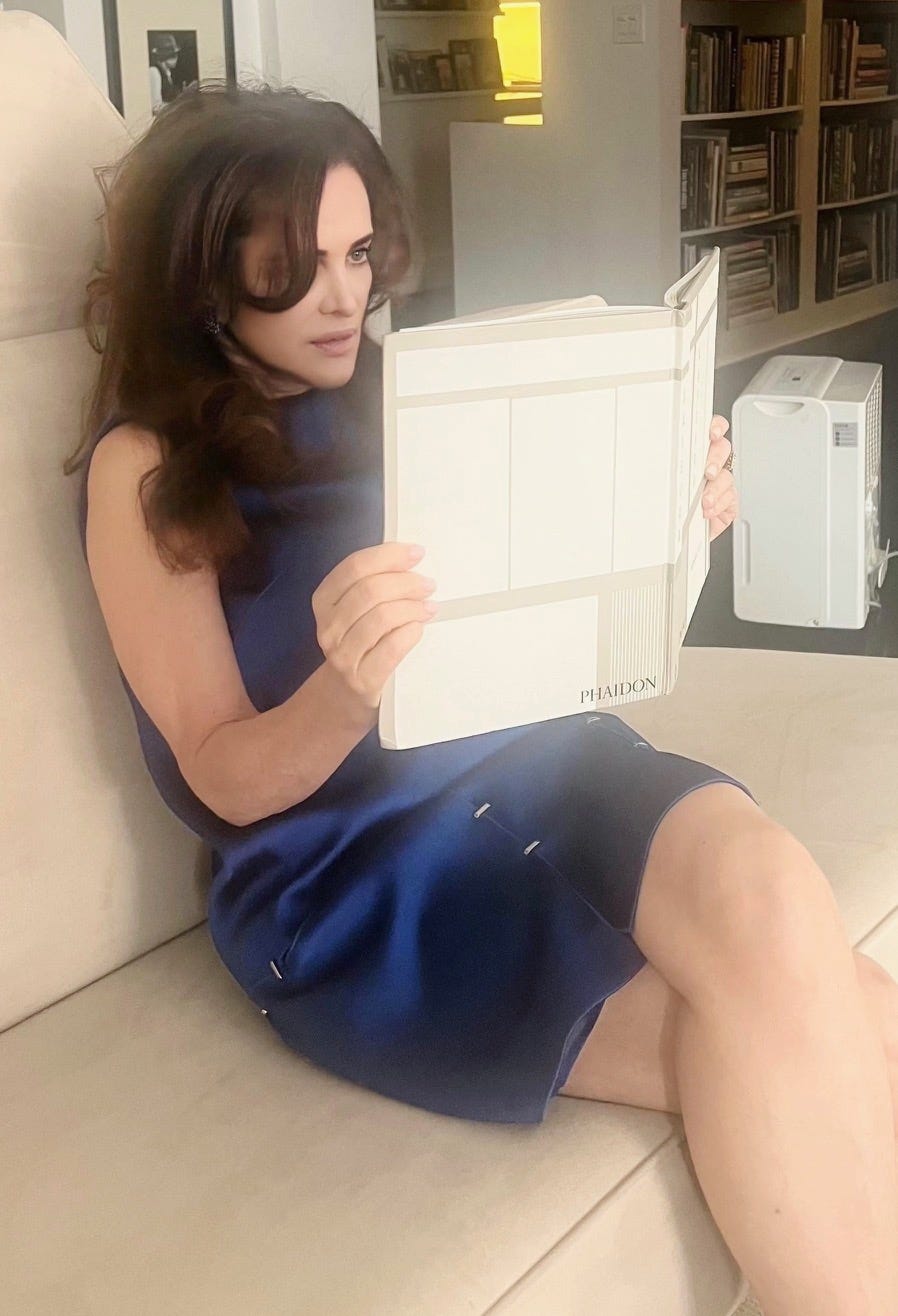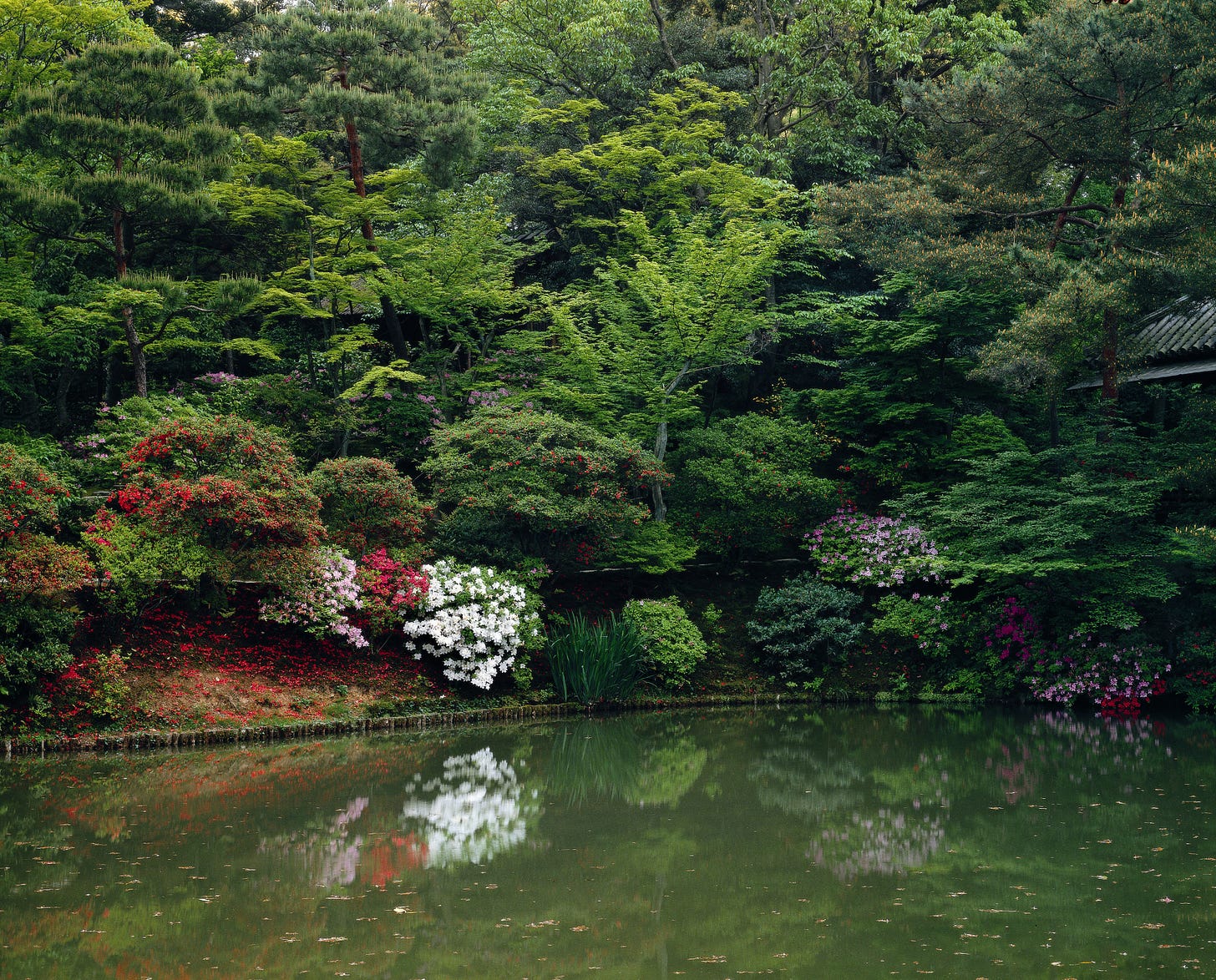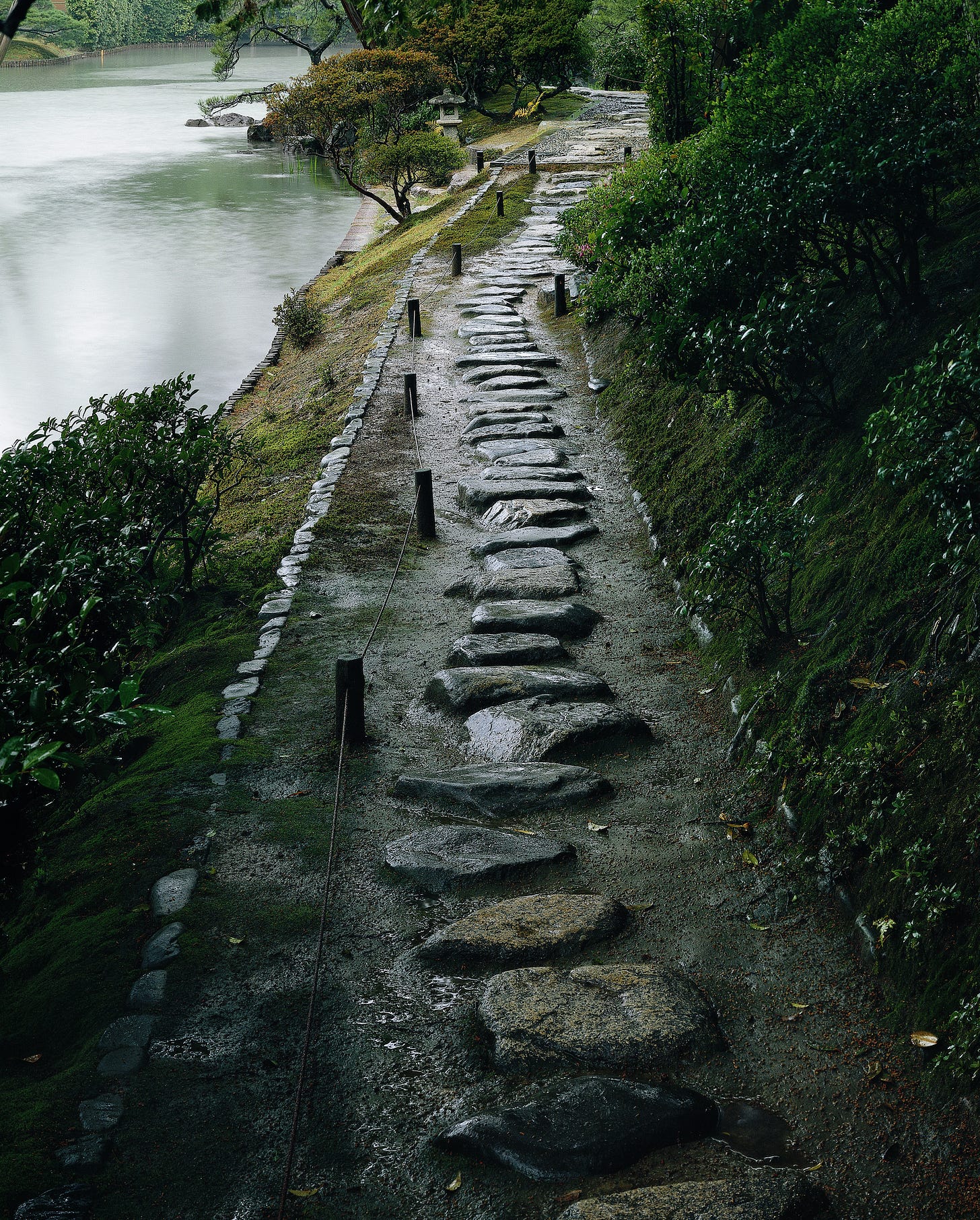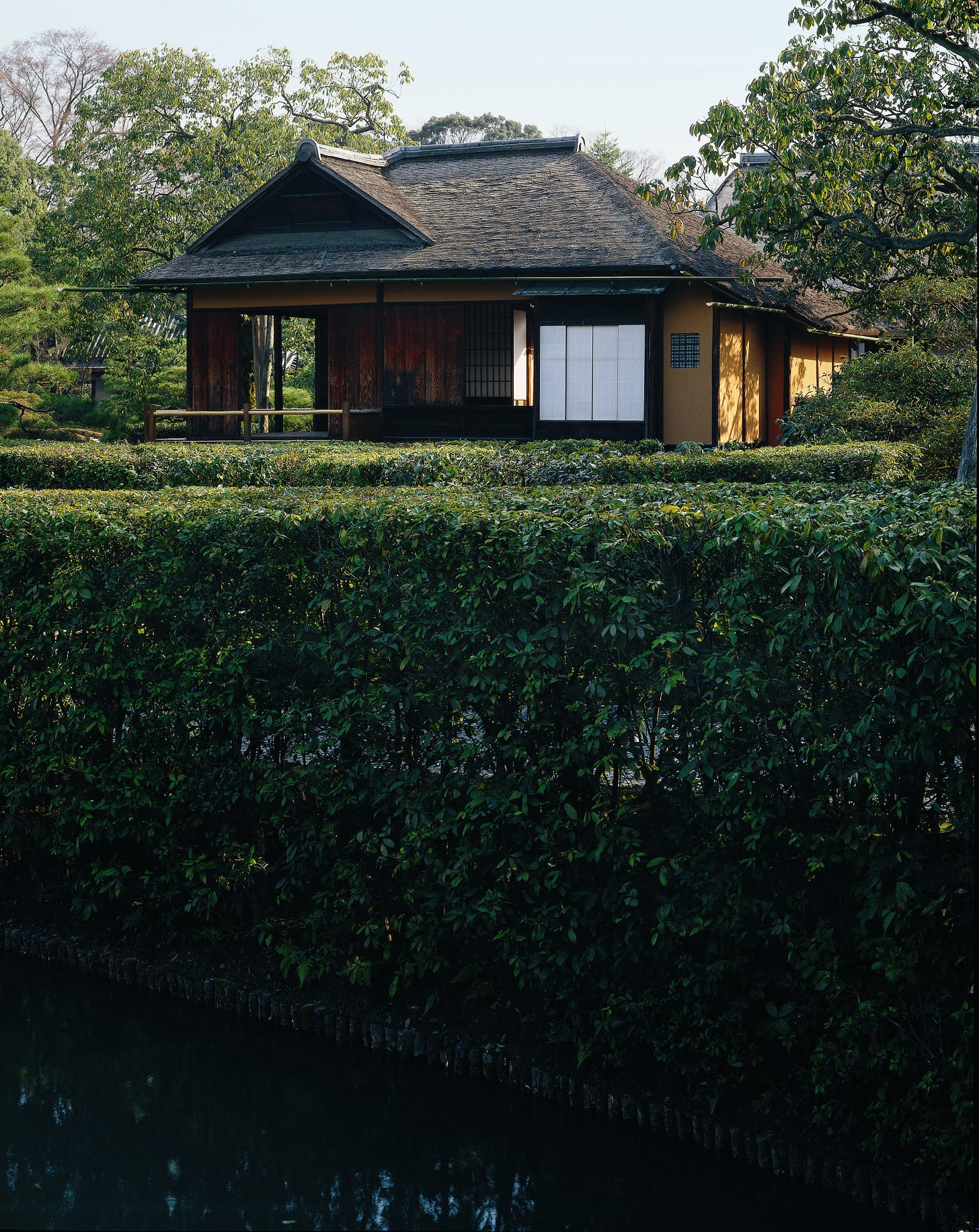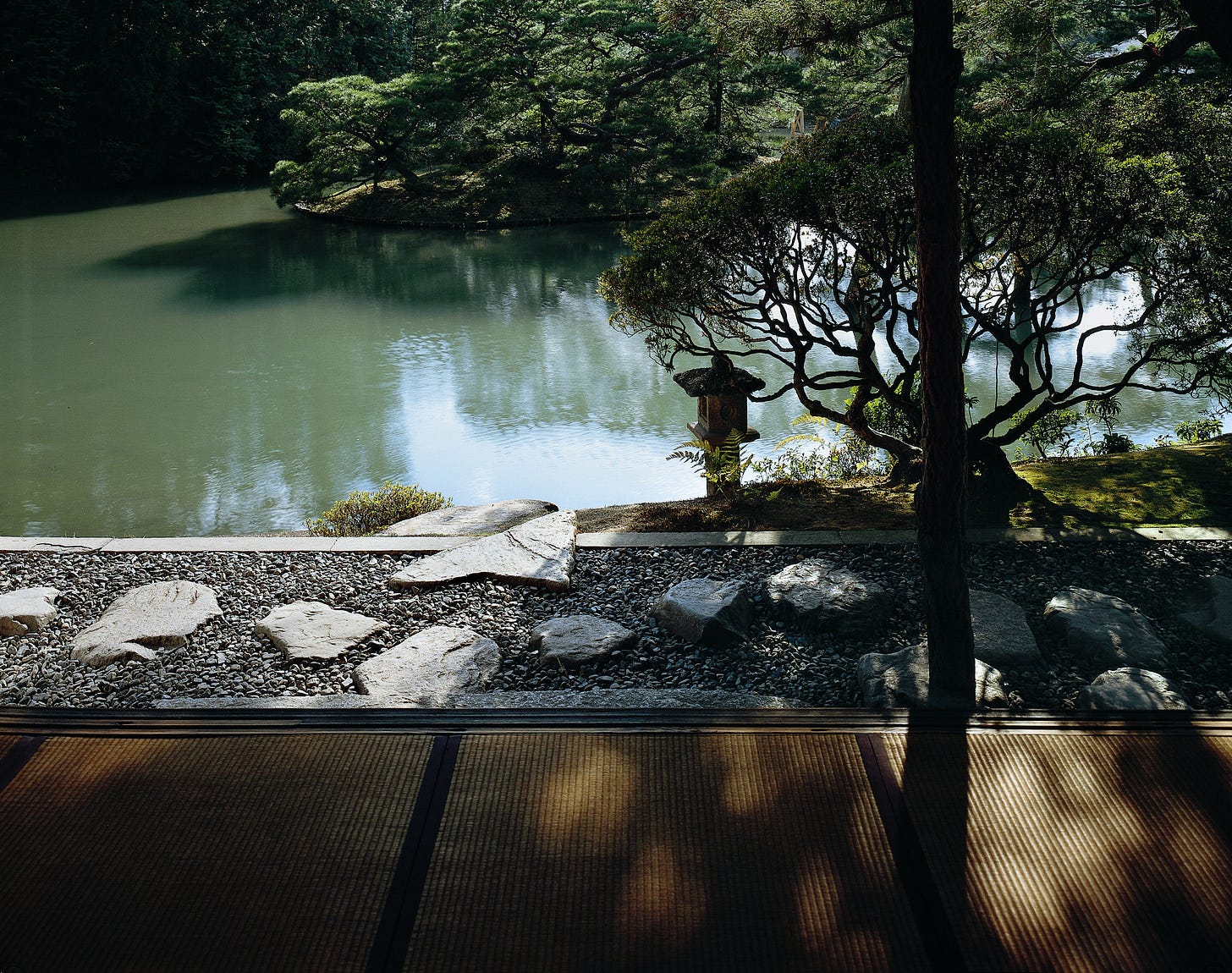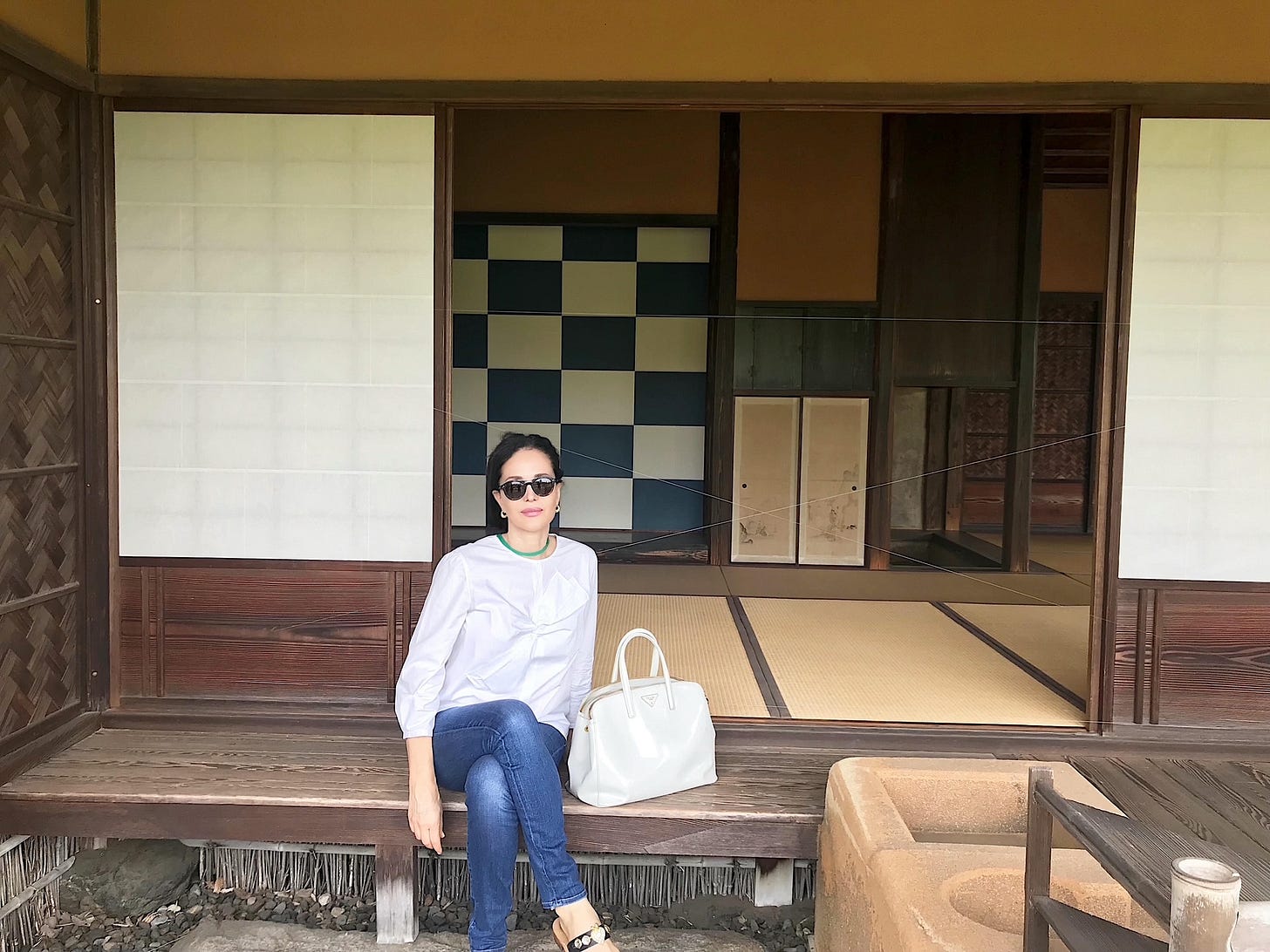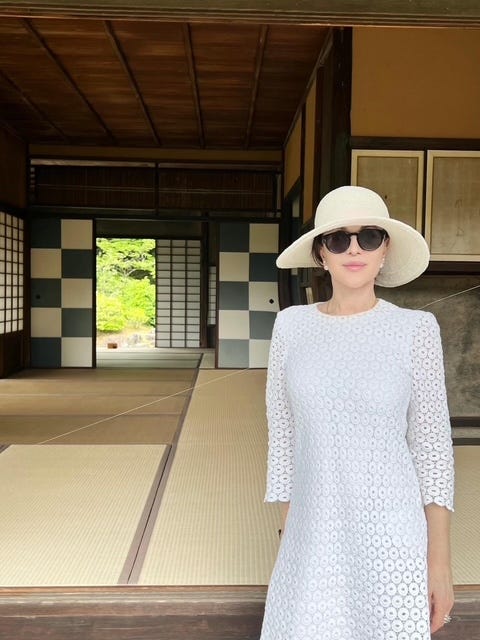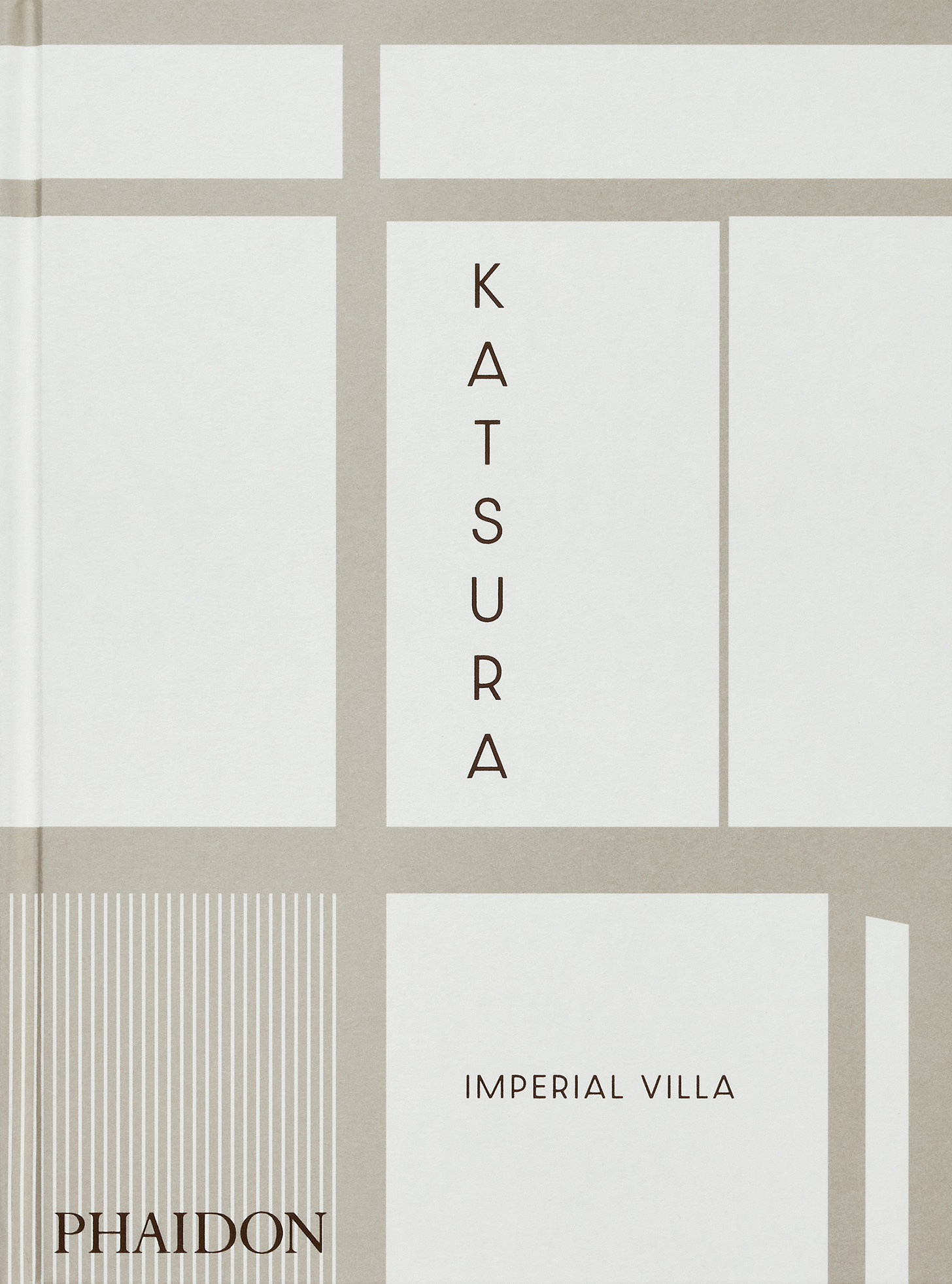Katsura Imperial Villa: The Definitive Book
I have been waiting for this book with great anticipation, and it came just in time to be a fascinating summer read. A new hardback edition of a monograph on the most beautiful architectural place on earth, the one and only Katsura Imperial Villa. Situated in the western suburbs of Kyoto, it is not only quintessential of all the beauty in traditional Japanese architecture and gardens, but it was also immensely influential on the evolution of modern architecture in the West. This beautifully designed volume is not only filled with photographs of this magical architectural masterpiece, but it also answers the fundamental questions that arise: What made this 17th century summer residence an icon of modern design, and why has it become synonymous with good taste and the sophistication of simplicity? This book not only answers these questions but also provides us with important texts on Katsura by the architects who were influenced by it, such as Walter Gropius, Bruno Taut, Kenzo Tagne, and Arata Isozaki, presenting interesting debate.
I have visited the Katsura Imperial Villa six times, and I won’t miss the opportunity to visit every time I am in Kyoto, despite the fact that it is becoming more and more difficult to obtain tickets. No matter how many times you visit, it is never enough. Katsura is not only about a dream integration of architecture and garden, it is first and foremost an artistic and emotional experience. It is not simply about observing the villa visually, but about engaging with it and forming a memorable connection. The villa was built in three phases beginning in the 17th century when Prince Toshihito of Katsura commissioned Kobori Enshu, a feudal lord who was an architect and garden designer, to design a summer villa in a nature setting.
Bruno Taut (1880-1938) was a German modernist who was the first to recognize Katsura’s architectural significance and saw it as a model in the formation of modernism. Taut fled Germany due to the rise of the Nazis in 1933 and immigrated to Japan, settling in Takasaki where he would publish texts on Japanese culture and architecture, devoting some of his writings to Katsura. “Japan's architectural arts,” he famously said, “could not rise higher than Katsura,” and I could not agree with him more. It was Taut’s discovery that attracted many European and American architects to visit Katsura. His text Reflections on Katsura and its accompanying sketches are included in the book. “From the living quarters of the emperor’s suite, all you see of the garden are bare grassy glades and trees,” he described his multiple visits. It is his modernist attitude that is the most popular context in which we read Katsura today.
In the introduction to the book, the Japanese architect and recipient of the Pritzker Architecture Prize, Arata Isozaki (1931-2022), presents a postmodernist point of view which is contradictory to that of Taut. In an essay titled Katsura Villa: The Ambiguity of Its Space, he claims that there is no style to Katsura, but instead a mixture of styles and techniques, and therefore, it should not be perceived as “the basis for developing new design.”
I particularly loved the essay by Kenzo Tange (1913-2005), the godfather of Japanese modern architecture, reprinted from his seminal 1960 book—which I have in my library—and illustrated by the famed abstract black-and-white photography of Yasuhiro Ishimoto, as well as the essay included by Walter Gropius. Tange analyzed Katsura and suggested ways in which Katsura contributed to the conversation of reconciling traditional Japanese architectural principles with modern design. He perceived Katsura as a fusion of two different Japanese cultures, and therefore, the embodiment of the universality of all Japanese people—a fusion of passion and refinement.
The new edition of Katsura Imperial Villa, published by Phaidon, is a must-have addition to any library of art, design, and architecture. It presents the full history of this masterpiece along with a selection of different interpretations by four of the most influential architects of the 20th century. And so, my most favorite architectural place on earth receives the biography and amazing photography it deserves.




